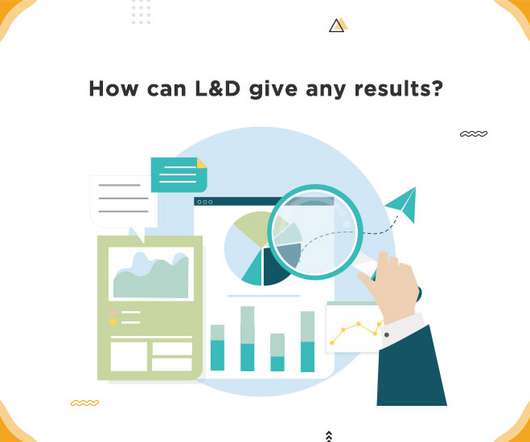Measuring the Impact of Localized Training: Key Metrics and Evaluation Methods
Hurix Digital
AUGUST 16, 2023
With every training and development plan, you expect to gain skills that will lead to more productivity. Did the learners gain new skills to improve their performance at work? On the proper evaluation of training, the programs ensure an improvement in the quality of work and the development of new skills among the employees.
























Let's personalize your content